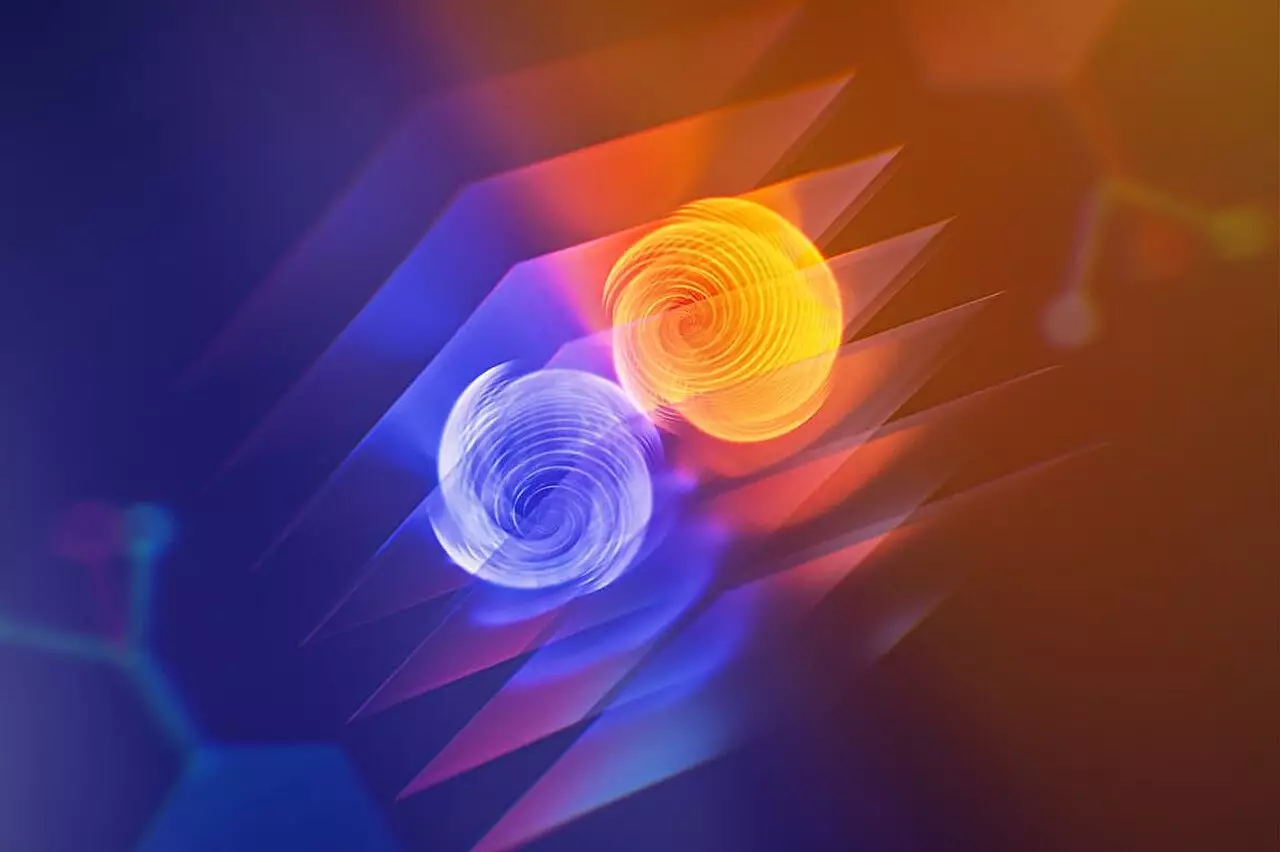Recent advancements in material science have led to a transformative discovery that could reshape our understanding and application of quantum computing. A pioneering team from the California NanoSystems Institute at UCLA has engineered a novel material derived from traditional superconductors. These superconductors, known for their ability to allow electrons to flow without resistance at extremely low temperatures, have shown the remarkable ability to maintain their superconducting properties even under conditions that would typically cause their failure. This innovation suggests a future where quantum computing can achieve unprecedented stability and efficiency, propelling it beyond the limitations of classical computing.
The Challenge of Conventional Superconductors
Historically, superconductors have faced critical limitations due to their susceptibility to magnetic fields. When subjected to magnetic forces exceeding a certain threshold, these materials lose their zero-resistance state, leading to inefficiencies and limitations in practical applications. The new UCLA research presents a fascinating contrast; the innovative material not only defies conventional expectations by enduring stronger magnetic fields but also exhibits unique electrical characteristics that elevate its potential utility. This represents not merely a refinement of existing technology, but a complete paradigm shift in material capabilities.
Exploring the Superconducting Diode Effect
A standout feature of the new material is its superconducting diode effect. In essence, this phenomenon allows the material to conduct significantly higher electrical currents in one direction compared to the other—an advantage that could dramatically enhance the performance of quantum computing systems. Conventional superconductors have failed to demonstrate such directional preferences, which are crucial for efficient current flow and stability. This distinct behavior might seem minor, but it is poised to unlock new methodologies for data processing and energy management in future electronic systems, particularly those operating under extreme conditions like outer space.
The Promise of Quantum Computing
Quantum computing remains one of the hottest areas of research in technology today, offering unimaginable possibilities that far exceed the capacities of traditional computers. The abstraction of bits versus qubits is central to understanding this advancement; while standard bits represent single values of 0 or 1, qubits can exist in multiple states simultaneously, a principle that could open the door to solutions for complex problems, such as unbreakable encryption and advanced artificial intelligence algorithms. The development of resilient qubits—those that withstand the fragile nature inherent in quantum computing—is imperative for translating theoretical models into practical applications. The UCLA team’s work supports this goal by providing a theoretical framework that synthesizes the properties of chiral superconductors, which could empower qubits to retain their quantum states longer.
The Role of Chiral Superconductors
Chiral superconductors represent a burgeoning field of interest within quantum physics. Unlike conventional superconductors that rely on standard electron behavior, chiral superconductors exploit the complexities of electron pairing and movement directionality. This nuanced behavior is not only essential for maintaining the stability of qubits but also enables new methodologies for controlling electrical currents. The interplay of electrons in chiral superconductors may lead to innovative techniques for engineering quantum circuits that are more efficient and capable of mitigating the disturbances currently hindering qubit fidelity.
Engineering Breakthroughs in Material Structure
The UCLA research team ingeniously approached the synthesis of chiral superconductors through an engineered lattice of alternating materials, one being tantalum disulfide, a known superconductor, and the other a distinct “handedness” layer tailored for optimal performance. By layering these materials at the atomic scale, the researchers introduced new characteristics that mimic the advantages of chiral superconductors. This engineering mindset not only reduces the dependence on rare compounds typically associated with chiral superconductivity but also lays a pathway toward more sustainable and scalable manufacturing practices, a critical consideration for future technology deployment.
Broader Implications for Technology
Beyond the exciting prospects for the field of quantum computing, the implications of chiral superconductors extend to conventional electronics and communication systems, promising improvements in speed and energy efficiency. This is especially vital in specialized applications, such as deep-space exploration missions where electronics must function at extremely low temperatures and face unpredictable conditions. If the benefits of the superconducting diode effect materialize, we might see a revolution in how we approach not only quantum technology but everyday electronic devices, ushering in an era of more adaptive, responsive, and energy-efficient systems.
The emergence of this new material offers a hopeful glimpse into a future where quantum computing and advanced electronics not only coexist but thrive, transforming the technological landscape as we know it.

